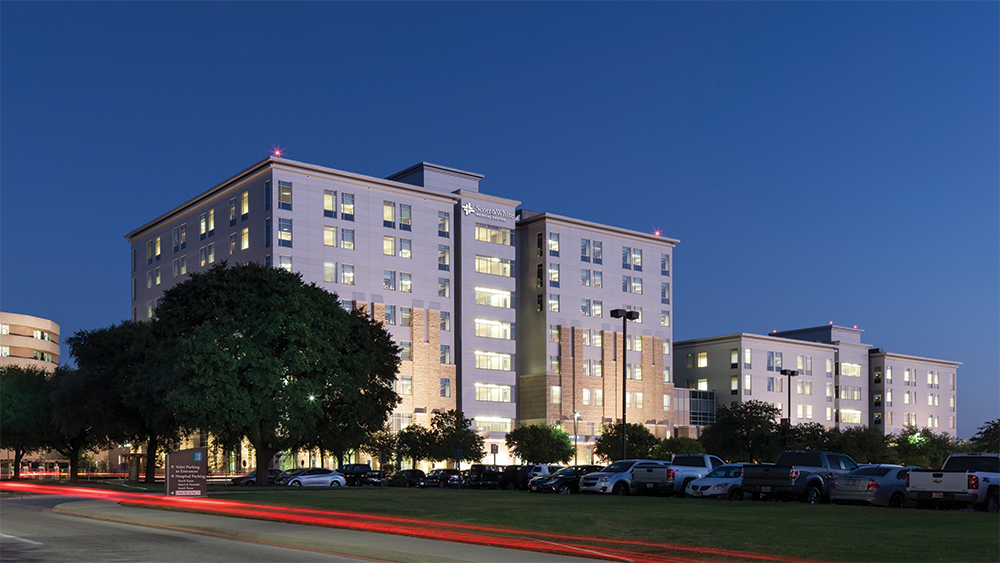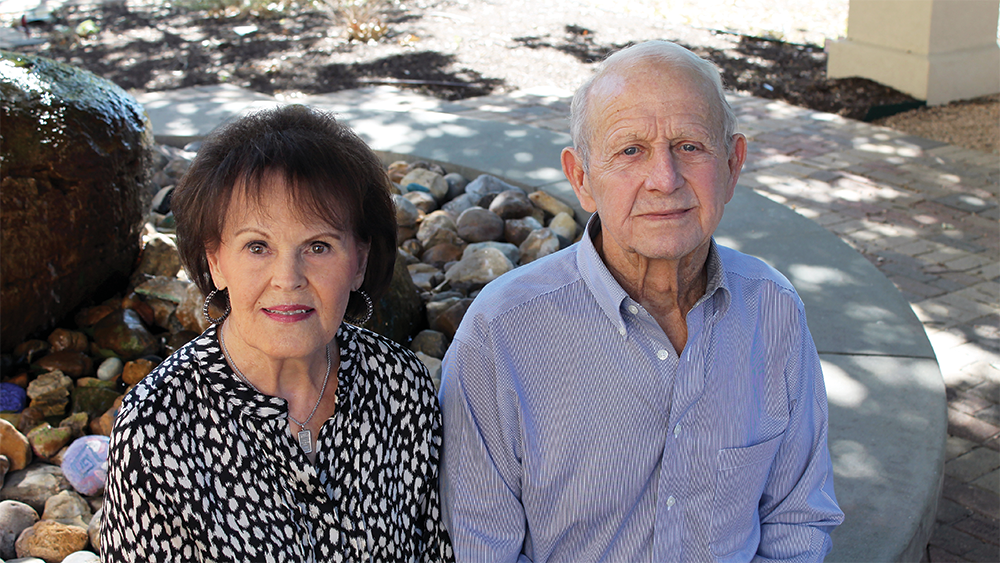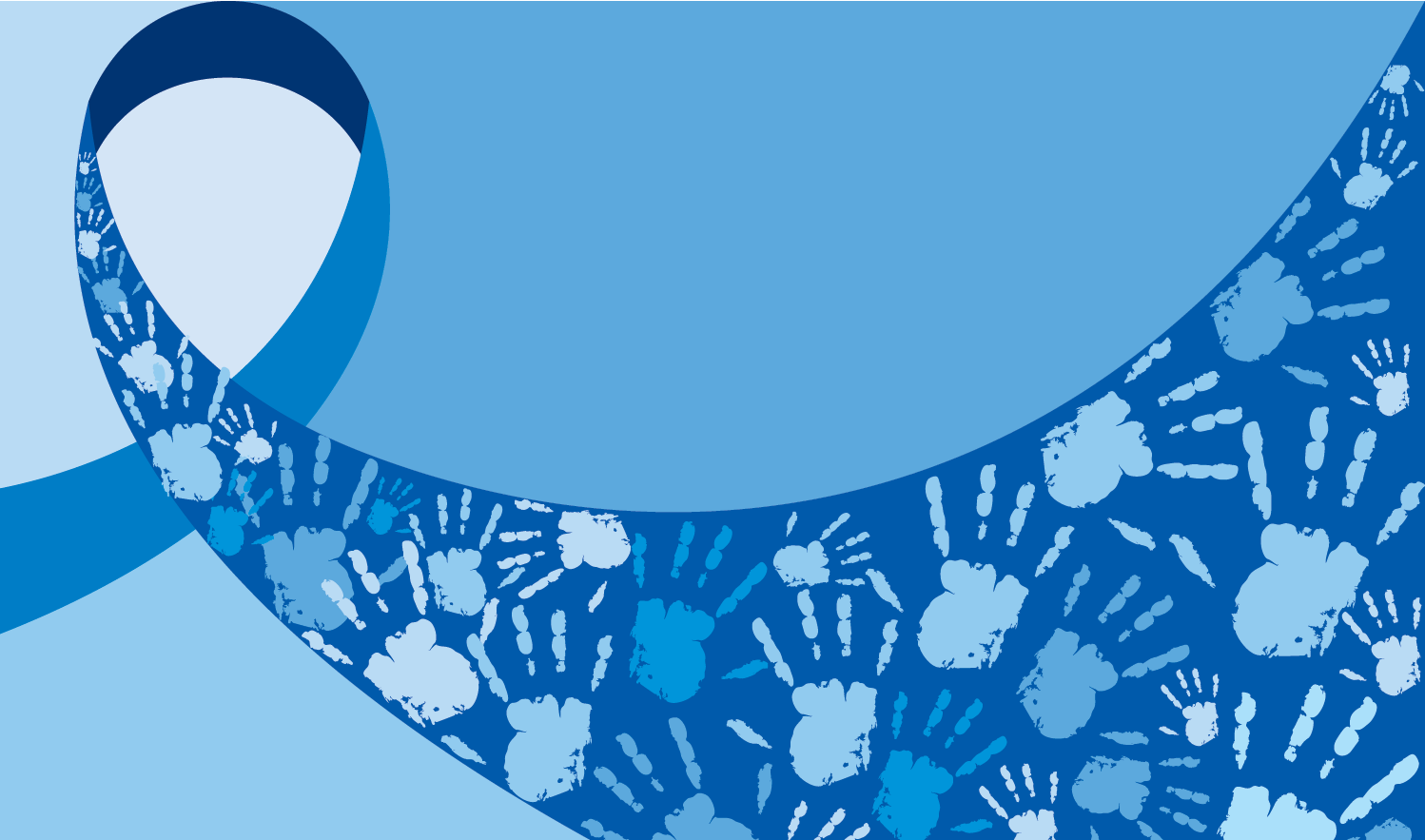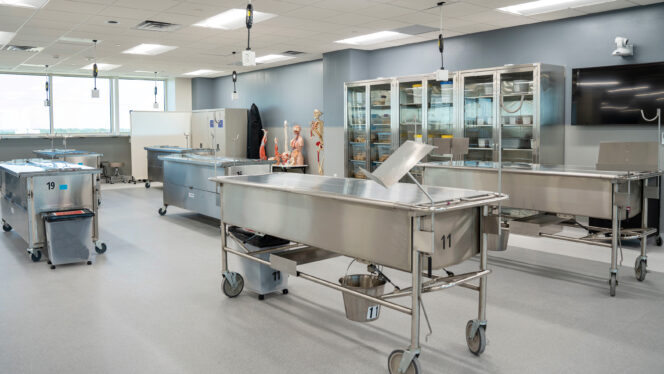
Temple
Our history as a healthcare system began in Temple with Dr. Arthur Scott and Dr. Raleigh White, Jr. in 1897. Since then, the system’s services in the area have grown to include three hospitals, numerous clinics and pharmacies, and the only Level I Trauma Center between Dallas and Austin.
Areas to Support
Baylor College of Medicine – Temple
Empower the next generation of doctors with advanced facilities, learning programs and expert teaching physicians.
Cardiovascular Institute
Help us meet the surging demand for quality cardiovascular care with advanced technology and support programs.
Executive Health
Help us grow the Executive Health & Wellness clinic with a newly renovated space.
Neuroscience Institute
Enhance care for patients with disorders and injuries affecting the brain, spine and nerves.
NICU
Support care for the most fragile, sick and premature newborns.
Area of greatest need
Strengthen healthcare in your community by giving where it’s most needed BSW – Temple.
Look for another area to support
There are many more ways to make an impact at BSWH.Your impact in Temple
In calendar year 2024, the Foundation awarded more than $1.5 million for many projects and programs at BSW – Temple. Here’s a look at what your gifts have supported in recent years:
Facilities
Renovations to our medical education spaces such as the anatomy lab and an expansion of our radiation oncology facility.
Medical education
Residencies and fellowships for physicians in a variety of specialties, as well as our Graduate Nurse Residency program.
Equipment
Ultrasound machines, a molecular testing system, and an additional linear accelerator for radiation therapy.
Community Benefit
In fiscal year 2023, BSW – Temple provided more than $256 million for initiatives like community health education and addressing food insecurity.
Featured stories
See how donors make an impact at our flagship hospital in Temple.

#1 in the nation!







